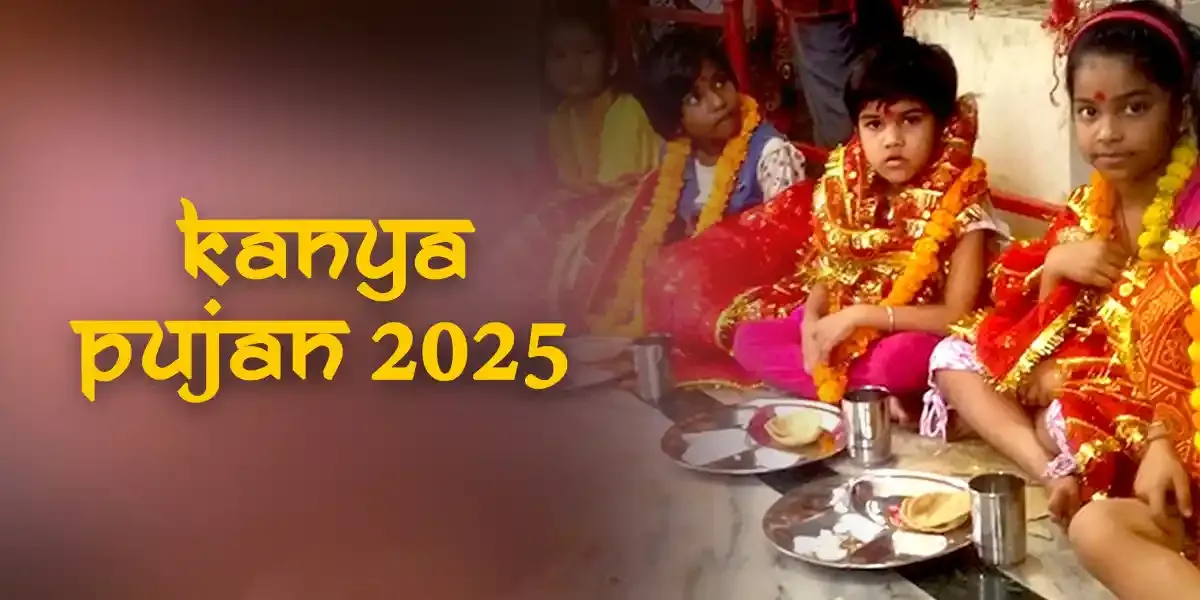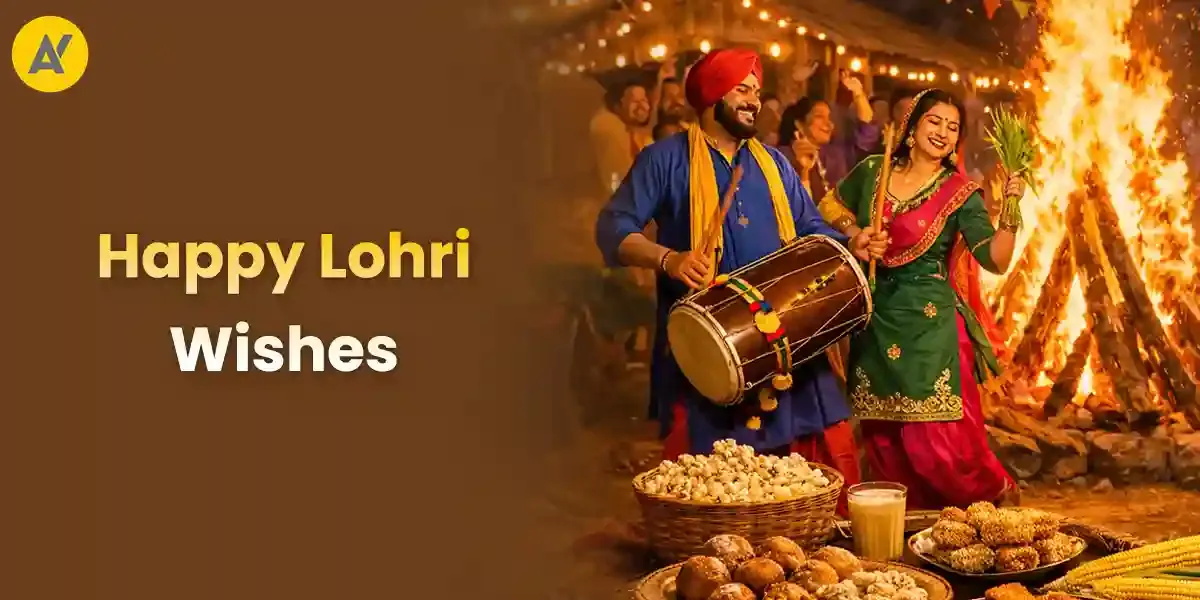
Imagine Goddess Durga herself dropping by your home for a feast: sounds divine, right?
That’s exactly the spirit of Kanya Pujan, a super integral part of Hindu ritual. Celebrated during (both Chaitra and Sharadiya) Navratri, this custom is beyond tradition. It’s about honoring the real source of power: Maa Durga. In Hinduism, girls between 2-10 years are seen as living forms of her nine avatars. They are the living version of Goddess Durga, as they have no evil emotions installed. Basically, mini goddesses on Earth.
So, to make sure you do the Kanya Pujan celebration the right way and to learn the deeper meaning behind the reason for it, go through this blog in its entirety.
Significance of Kanya Pujan
Each Indian ritual is followed by the mythological significance of the festival, and Kanya Pujan is no exception. It’s all about the story of defeating demons (asuras) and restoring harmony and calm to the world. Curious? Here’s why Kanya Pujan is still a whole moment.
Story of Devi Mahatmya: In Hindu mythology, Maa Durga is seen as an intense and unstoppable force created by the gods to defeat Mahishasura, a shape-shifting demon who attacked heaven. The gods couldn’t stop him alone, so they united their powers to form Durga. She fought intensely and finally defeated him, bringing peace and balance back to the world.
As the Markandeya Purana says: In this story, it is said that Goddess Durga had taken the form of a kanya (young girl) to defeat the demon Kalasura and end his cruelty over the world.
All About Feminine Divinity: This ritual performed during Navratri honors the power and innocence of young girls, because they represent the same feminine divinity (Shakti), reminding us of the power that defeats darkness and balances the universe.
This ritual has different names and is celebrated at different locations, such as Kumarika Pujan or Kanjak Puja. It’s a time to seek Maa Durga’s blessings of strength, prosperity, and spiritual growth, especially during Navratri.
Read More:- 10 Must-Visit Durga Maa Temples in India
Kanya Pujan / Kanjak Puja / Kumarika Puja Rituals
Call it anything, Kanya Pujan, Kanjak, or Kumarika Puja, it is observed on Navratri’s 8th (Ashtami) or 9th (Navami) day. Devotees invite nine young girls, who represent Maa Durga’s different forms, plus two boys called Batuk (representing Hanuman and Bhairav - the protectors of Maa Durga). The ritual is considered incomplete without honoring the Batuk, as they symbolize the essential balance of both divine masculine and feminine energies.
Preps for Pujan: Before inviting Kanjak, devotees clean their homes because that’s just how Hindu traditions roll.
Invitation to the kids: Hosts invite the girls and boys according to their faith, usually 9 girls and 2 boys, totaling 11.
A Warm Welcome: Following ancient customs, devotees wash kids’ feet, apply a tilak, and tie kalawa (holy threads) on their hands.
Sitting & Embellishments: All kids sit on a pedestal or a cloth, and the girls receive chunari (scarves), Bangles, and Bindi as thoughtful presents.
Aarti and Mantras: Either the priest or head of the family lights the lamp for aarti, seeking Maa Durga’s blessings.
Divine Feast Offerings: Devotees then offer bhog prasad (divine food), including chickpeas, halwa (Sweets), puri (bread), and more.
Gifts: Once the puja and feast wrap, kids are handed gifts, including clothes, fruits, cash, toys, or school essentials.
Seeking Blessings: The ritual isn’t complete without touching the kids’ feet and asking for their blessings with love and gratitude.
As per ancient vibes, 2-10-year-olds are the best fit for kanjak puja. The girls in this age group represent the 9 forms of Durga and are named as
Kumarika (girl older than 1 year and up to 2 years old)
Trimurti (girls between 2 and 3 years old)
Kalyani (girls between 3 and 4 years old)
Rohini (girls between 4 and 5 years old)
Kali (girls between 5 and 6 years old)
Chandika (girls between 6 and 7 years old)
Shambhavi (girls between 7 and 8 years old)
Durga (girls between 8 and 9 years old)
Bhadra or Subhadra (girls between 9 and 10 years and less than 10 old)
Do’s and Don’t During Kanya Pujan
Do’s:
It is believed that including at least one boy, along with the girls, brings positive energy and supports fertility. Hence, always invite at least one boy during kanya pujan.
Serve only satvic food, which means food without onion and garlic.
Don’ts:
- Ensure you’re pure before performing rituals. Take a bath with Ganga jal or fresh water.
When is Kanya (Kanjak) Pujan in Navratri 2025?
As mentioned earlier, Kanya Pujan falls on the 8th or 9th day of the Durga Puja. This year it is observed on the dates mentioned below.
30th September 2025, Tuesday - Durgashtami: Auspicious Time is from 10:40 AM to 12:05 PM
01st October 2025, Wednesday - Maha Navmi: Auspicious time is from 10:41 AM to 12:10 PM or 12:13 PM to 12:59 PM (Abhijit Muhurat)
Benefits of Kanya Pujan: Ancient Beliefs
The custom of Kanya Pujan celebrates the cultural legacy of worshiping young girls along with boys. It is believed to be beneficial in many ways.
Brings good fortune, positivity, and prosperity
Enhance spiritual growth, gain wisdom, and overcome obstacles
Get relief from diseases, worries, past karmas, and sorrows
Promotes unity, respect, and our connection to the divine, encouraging us to protect it
Do you want to experience the powerful benefits of Kanya Pujan? This Navratri, connect with the best astrologers on Astroyogi for personalized insights on perfect Muhurat, Puja Vidhi and More!
To Conclude
Kanya Pujan is beyond just a custom or tradition; it’s about respecting and celebrating Maa Durga’s pure energy through the innocence of little legends. Let’s celebrate this divine power to attain positivity, prosperity, and spiritual growth in our lives. Rooted in mythology and a reminder of a sacred balance between strength and compassion, it encourages us to honor, respect, and cherish the divine energy present in all of us.
Our in-house team of writers comprises of vibrant, like-minded, and curious souls who are passionate about helping people find joy and motivation through the magic of words. Our writers are keen on using their skills to make the study of divination sciences a guiding tool in people's lives. They hold expertise in writing on a myriad of topics related to Indian Astrology, Spirituality, Planetary Movements, Vastu Shastra, Numerology, and Tarot among several others. The Astroyogi team aims to write articles that can help the readers lead a life of peace and tranquility whilst enjoying the many ups and downs of life!


































